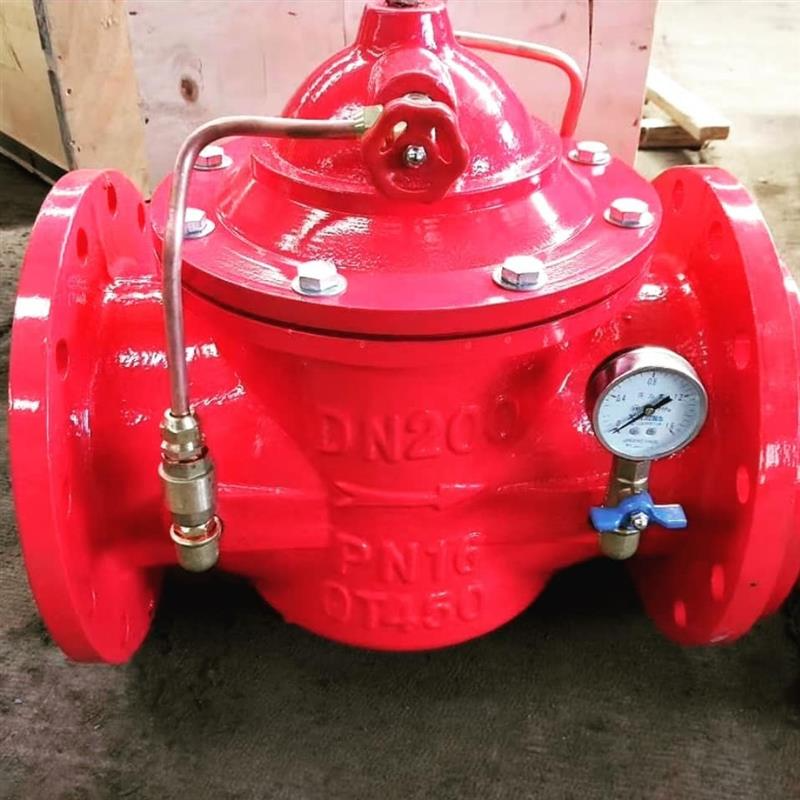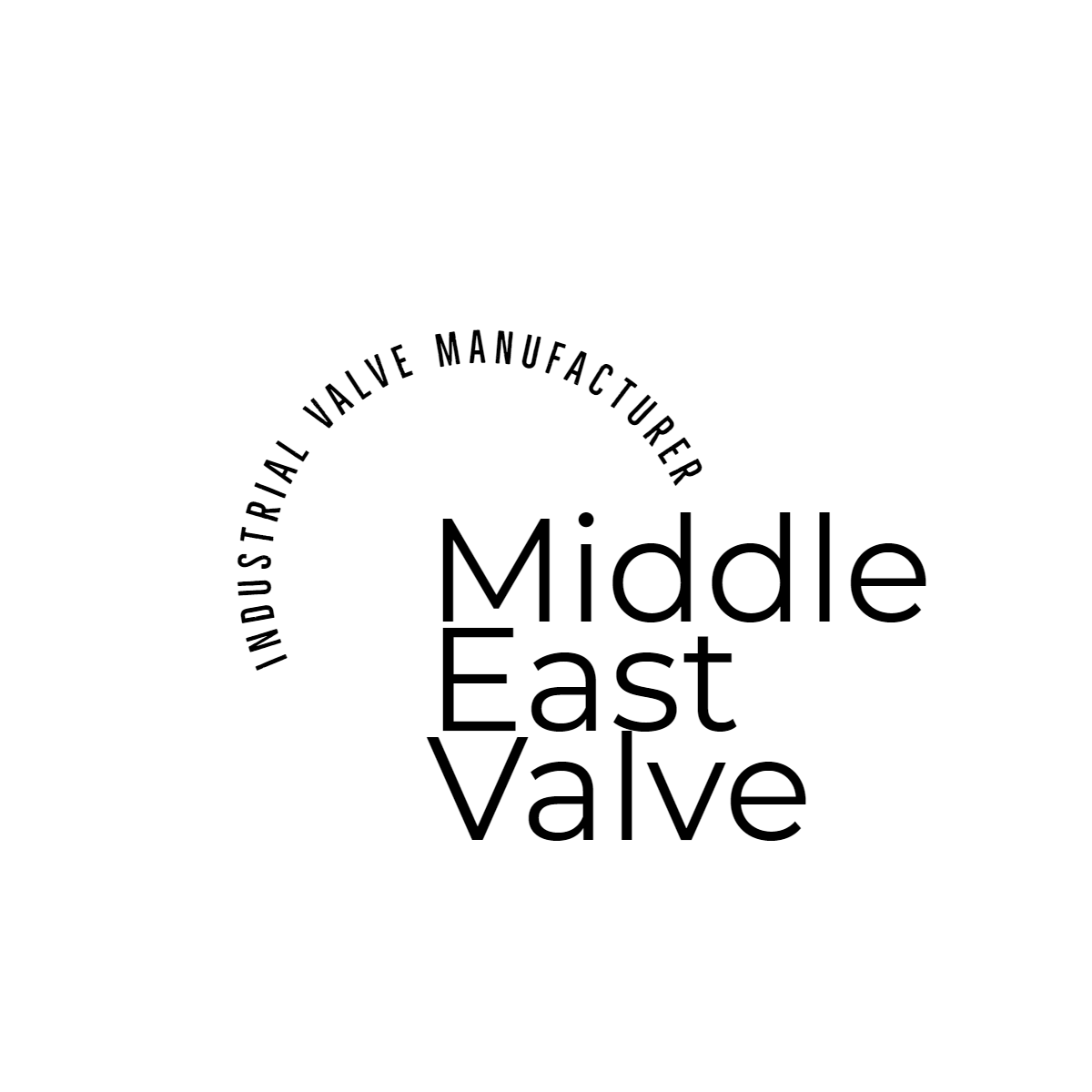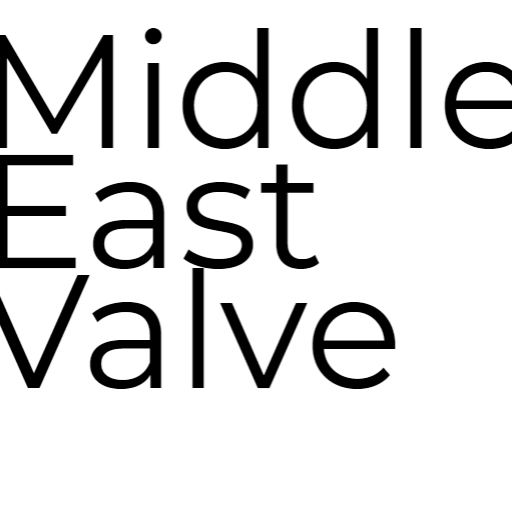- Control Valve
- Pneumatic Control Valve
- Pneumatic Angle Control Valve
- 3 Way pneumatic Diaphragm Control Valve
- 3 Way Converging and Diverging Control Valve
- Fluorine Lined Single Seat Control Valve
- Pneumatic Cage Control Valve
- Pneumatic Double Seat Control Valve
- Pneumatic Single Seat Globe Control Valve
- Pneumatic Flow Control Valve
- Pneumatic Sleeve Type Control Valve
- Pneumatic Actuated Globe Type Control Valve
- Electric Actuated Control Valve
- Pneumatic Control Valve
- Cryogenic Valve
- Pressure Reducing Valve
- Safety Valve
- Check Valve
- Gate Valve
- Butterfly Valve
- Globe Valve
- Ball Valve
- Electric Actuated Valve
- Electric Actuated Ball Valve
- Electric Actuated Butterfly Valve
- Electric Actuated Gate Valve
- Electric Actuated Globe Valve
- Pneumatic Actuated Valve
- Plunger Valve
- Strainers
- Steam Trap
- Knife Gate Valve
- Speciality Valve
- Alloy 20 Valve
- Duplex Valve
- Super Duplex Valve
- Hastelloy C276/B3 Valve
- Aluminium Bronze Valve
- Titanium Valve
- Bronze Valve
- Monel Valve
- Triple Duty Valve
- Suction Diffuser
- Diaphragm Valve
- Plug Valve
- Foot Valve
- Air Release Valve
- Surge Anticipator Valve
- Needle Valve
- Balancing Valve
HOW PRESSURE REDUCING VALVES ENHANCE SYSTEM EFFICIENCY

Middleeast Valve is leading suppliers of Pressure Reducing Valve in Saudi Arabia, Riyadh and Kuwait. When it come to reliable and high performance fluid control system. Specializing in design, production and supply of premium quality PRV, MiddleEast Valve ensure that industry across Middle East and beyond can access top tier solution for efficient pressure regulation. PRV reduce operational cost and improve the overall safety of fluid and gas systems. Most important thing is system efficiency and here in this blog we will know How Pressure Reducing Valves Enhance System Efficiency.
Pressure Reducing Valve (PRV) is a device used to control and reduce the incoming pressure of fluids or gases to a lower, stable, and safe level for downstream processes. PRV automatically reduces the pressure from a higher supply pressure to a lower, pre set pressure that is suitable for the downstream application.
PRVs are commonly found in water supply system, steam line, oil and gas pipeline and other fluid processing system where managing pressure is essential to the safety and functionality of operation.
Key Part
- Body: Made from materials like brass, stainless steel or cast iron, depending on system requirement.
- Inlet and Outlet Port: These are entry and exit point for fluid or gas passing through valve.
- Diaphragm or Piston: This component is responsible for controlling valve opening and closing.
- Spring: The spring provide necessary force to keep valve closed until the pressure reach predetermined set point.
- Adjusting Mechanism: This mechanism allow operator to set desired downstream pressure by adjusting tension of spring or diaphragm position.
- Seat and Valve Stem: The seat ensure tight closure of valve, while valve stem connect diaphragm or piston to valve body.
Working Mechanism
Pressure Reducing Valve work by utilizing pressure sensing mechanism typically diaphragm or piston that adjust valve opening based on difference between upstream and downstream pressure.
Step 1: The incoming fluid or gas enter valve at high pressure.
Step 2: The valve sense incoming pressure and compare it with pre set downstream pressure.
Step 3: When incoming pressure is greater than specified downstream pressure, piston or diaphragm move and open valve partially to allow flow to pass and cut down pressure.
Step 4: When downstream pressure attain the desired level, valve close or control to preserve specified pressure.
The PRV continually monitor and regulate flow to preserve stable and secure pressure so that downstream process and equipment receive fluid at specified pressure level.
Advantages of Pressure Reducing Valve
- PRV protect sensitive equipment and machinery from damage due to high pressure surge.
- PRV reduce energy wastage associated with high-pressure systems.
- It reduces maintenance cost, fewer repairs & longer equipment lifespan contribute to overall cost saving.
- PRV enhance safety by preventing overpressure situation that could lead to dangerous incident such as pipe burst or valve failure.
- PRV ensure consistent flow rate, which is essential for processes that require stable condition.
How Pressure Reducing Valve Enhance System Efficiency ?
Pressure Reducing Valve Enhance System Efficiency by optimizing pressure control in fluid and gas system, leading to smoother, more reliable operation. Here are some key way that PRV contribute to system efficiency:
1. Energy Saving
In system where fluid is transported at unnecessarily high pressure, energy is wasted in overcoming friction loss and maintaining that high pressure. By reducing pressure to required level, PRV help to optimize energy usage. In system such as steam and water distribution, this lead to considerable energy saving, making process more efficient and cost effective.
2. Prevention of Overpressure
Excessive pressure can cause severe damage to pipe, seal, valve and pump leading to wear and costly repair. By constantly regulating and reducing pressure to safe level, PRV ensure that system operate within design parameter, minimizing risk of equipment failure and costly downtime.
3. Optimized Flow Control
With precise pressure control, PRV help ensure that flow of fluid or gas remain stable and within desired range. This is crucial for maintaining product quality and ensuring that system such as HVAC, chemical processes or irrigation systems operate efficiently.
4. Reduced Maintenance
By preventing pressure surges and ensuring stable operation, PRV reduce the strain on downstream equipment. This lead to fewer breakdowns and lower frequency of maintenance reducing operational cost and downtime.
Increasing System Efficiency
To further enhance the efficiency of system it is important to perform regular maintenance check and calibration. Ensuring that PRV is functioning properly and that it is properly adjusted for changing system pressure, will help maximize performance. Also, using high quality PRV that are tailored to specific need of system can significantly improve overall efficiency.
Installation and Maintenance Precaution to Ensure System Efficiency
1. Installation Precaution
Ensure that the PRV is installed in the correct orientation according to the suppliers specifications.
Use suitable materials that are compatible with the fluid or gas being controlled.
Install pressure gauges upstream and downstream of the valve to monitor pressure levels and performance.
Allow adequate space around the PRV for maintenance and monitoring.
2. Maintenance Precaution
Regularly check PRV for leak, corrosion or blockage.
Ensure that valve set pressure is properly calibrated and adjusted according to system requirement.
Clean and replace seal or diaphragm if necessary to maintain valve sealing efficiency.
Inspect valve for any sign of wear or damage that may affect performance.
Conclusion
The fact that How Pressure Reducing Valve Improve System Efficiency is by maintaining pressure regulation, overpressure prevention, and enhanced system safety and overall performance of gas and fluid systems. Whether in safeguarding equipment or increasing energy savings and lower maintenance expenses, PRVs cannot be beat for a range of industrial uses. With correct installation practices and care and maintenance activities, organizations are able to drive the full range of benefits available from their PRVs, securing long-term effective and reliable performance from their systems.
Middleeast Valve remains a proven maker of good-quality Pressure Reducing Valves, providing premium solutions that facilitate industries to get the best from their operations.

